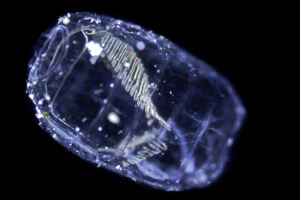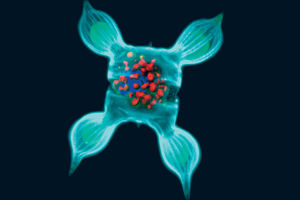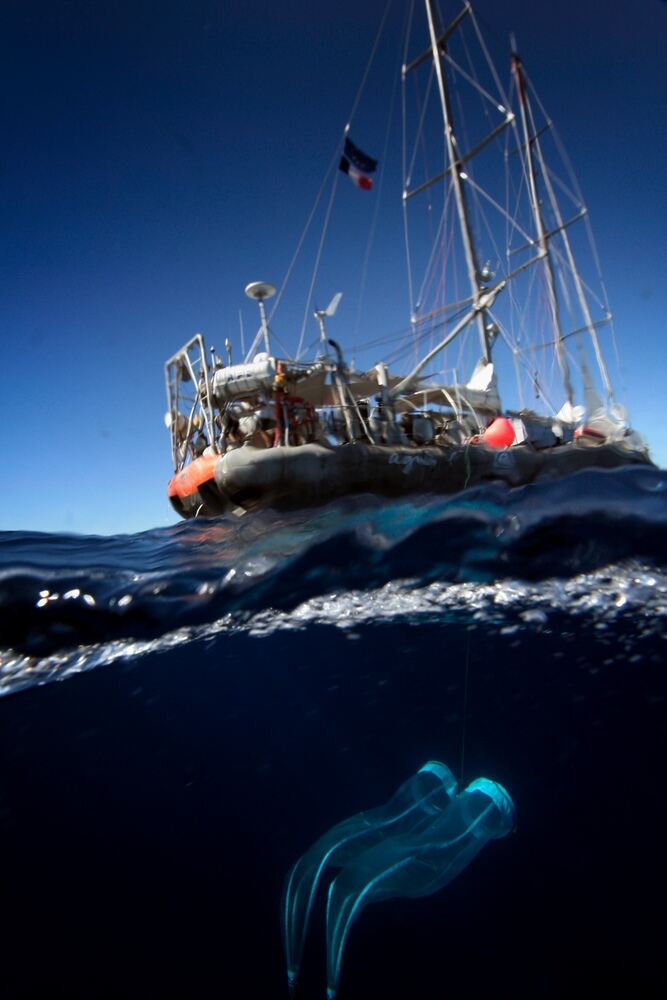Tara Oceans science
On 31 March 2012, the schooner Tara – equipped with technology for sampling an 11 organism size-range covering entire plankton communities from viruses to animals, and benthic diversity in coral reef ecosystems – came back to her home port, Lorient, France.
During the two-and-a-half-year expedition, high quality and standardised genetic (total DNA/RNA), morphological, and physico-chemical (contextual) samples from 210 stations across the world oceans were collected. The sampling locations were carefully selected using near-realtime remote sensing, numerical models and in-situ hydrographic criteria.
A team of international scientists is currently analysing samples from this €10 million public/private scientific expedition (Tara Oceans 2009─2013): the total of ~35,000 biological samples and ~13,000 contextual measures from three depths constitutes the largest modern-day worldwide collection of plankton sampled 'end to end' around the world. Metagenomes and meta barcodes from stations are being built as well as well as quantitative and high-resolution image databases. Genomics data are published as soon as they are validated at EMBL-EBI, correlated with environmental data stored at Pangaea. The Tara Oceans consortium has a fast release policy of data.






